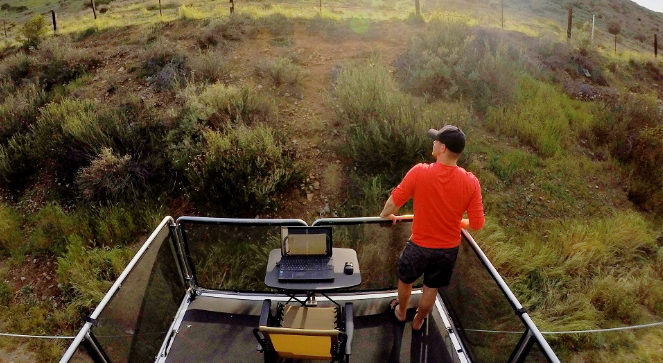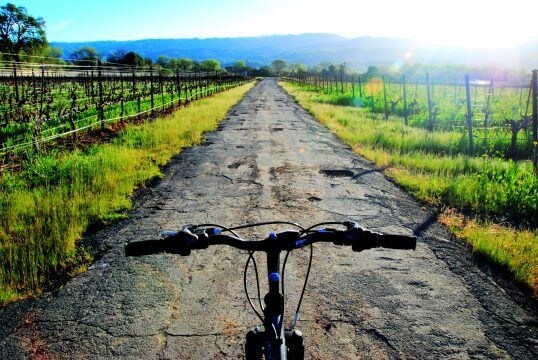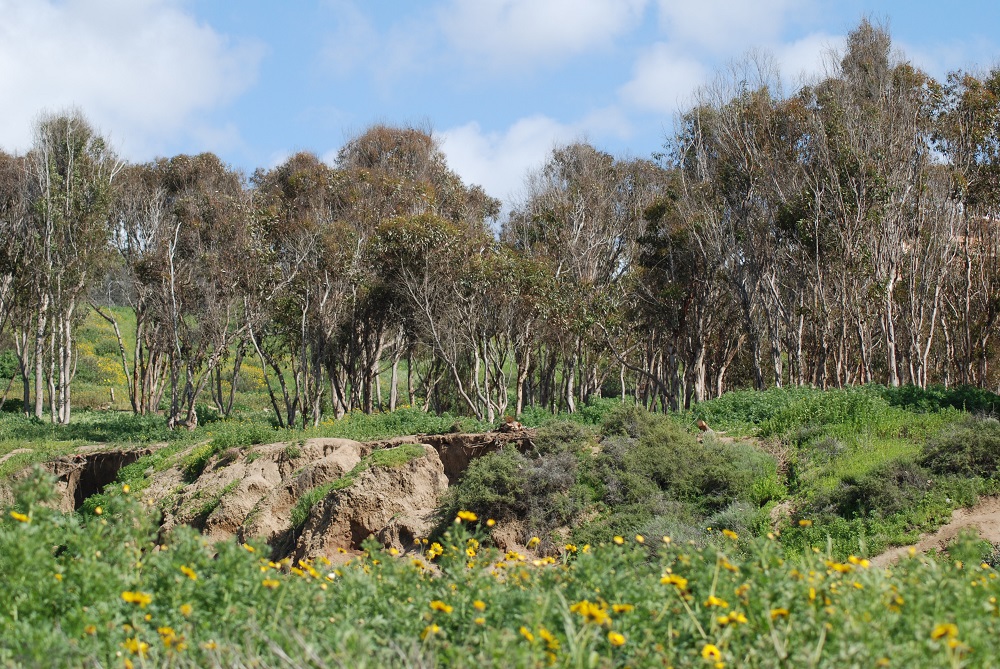

B & R Camper Sales Blog
- Published on May 15, 2019
 0
0  0
0 
The trails are alive with food! Sometimes, it just takes a keen eye to locate it. Fruits like blackberries and apples are pretty easily identified, while mushrooms for instance require more rigorous identification before eating. It is always best to have a field guide for the region you are visiting in order to identify edible plants in the wild and many are available for purchase online or to check out from your local library. When staying at National and Regional Parks, be sure to check in with rangers and campground hosts about collecting edible plants in the wild. Here are a few universal plants in North America that you may come across, and taste, on your next hike.
Dandelion - The humble dandelion can be eaten entirely, from flowers to leaves to roots. Young leaves and flowers can be added to salads or eaten raw, while older leaves and roots taste best boiled.
Cattail - This easily identified marsh plant is another plant that can be eaten nearly in its entirety. Young shoots just appearing out of the water are great chopped and steamed like leeks and have a wonderful nutty flavor. Roots are a little fibrous, but can be peeled to the soft, white inner core, chopped, and fried like potatoes. Be careful to inspect the water source where the cattail grows and avoid plants growing in polluted water.
.jpg)
Wild Onion - If it looks and smells like an onion, it can be eaten like an onion. If it does not smell like an onion, leave it be. Related and smaller garlic and chives can be used in the same way and can add some wonderful flavor to any foraged plant on this list.
Purslane - If you are a gardener or tend to your lawn at home, you are probably already familiar with this widely available "weed". It can be eaten raw or cooked and is a wonderful addition to other mixed greens collected on the trails. Purslane is high in beta-carotene and omega-3 fatty acids and grows low to the ground like a miniature succulent.
Milk Thistle - Milk thistle leaves take a little work to prepare, but the resulting cooked greens are both nutritious and delicious. Use gloves or a bandana to collect the leaves from the plant, cut the spines from the leaves, and boil for an easy meal with other greens, roots, or fruit.
0 Comments




